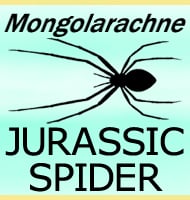Canadaspis
In Depth Canadaspis acquired its name because it was first identified from Canadian deposits and has a large shell referenced as a shield protecting its upper body. Canadaspis also has a number of spines rising up from its upper body that seem to serve the purpose of protection for its eyes. Since its initial discovery … Read more
